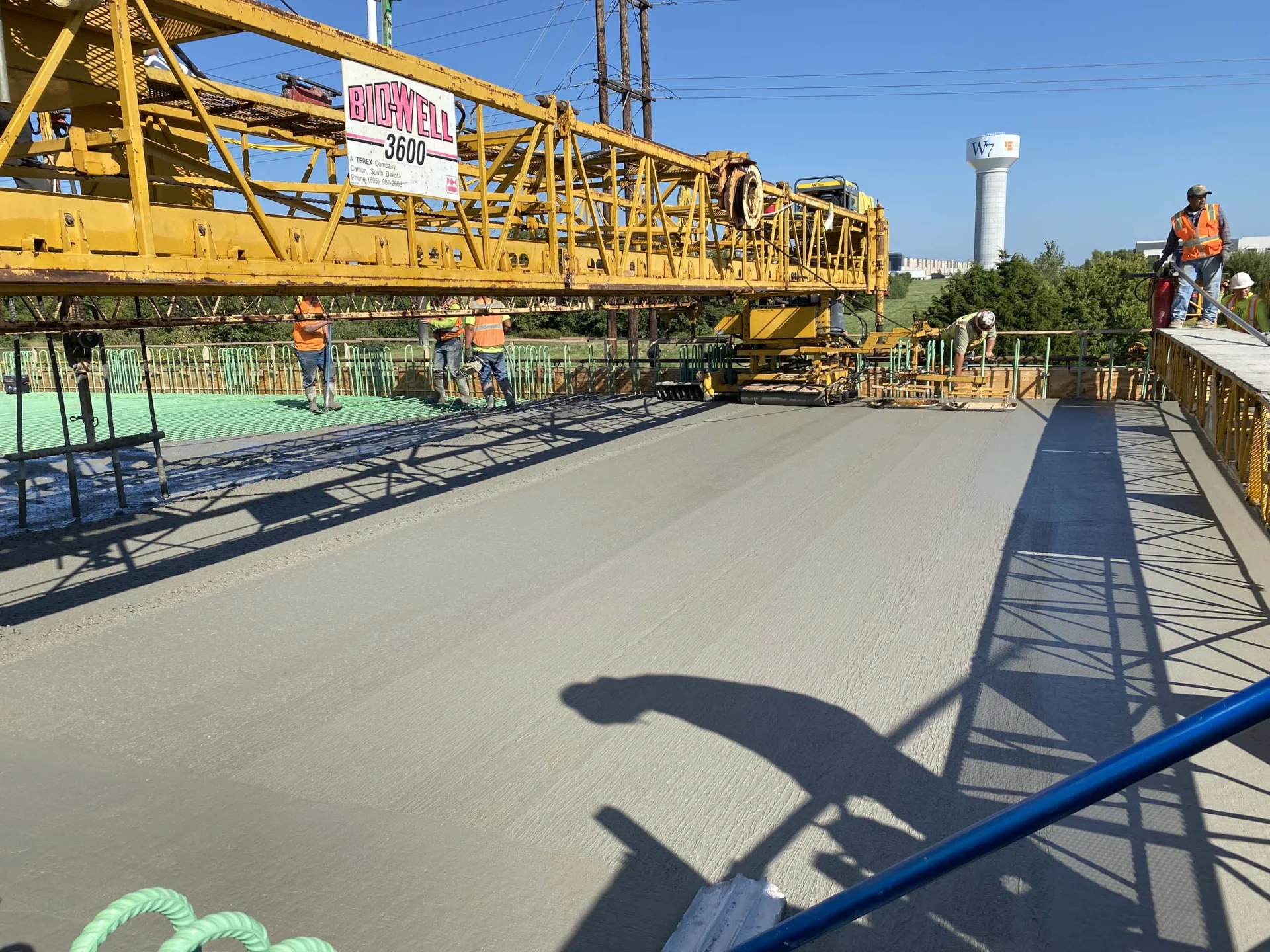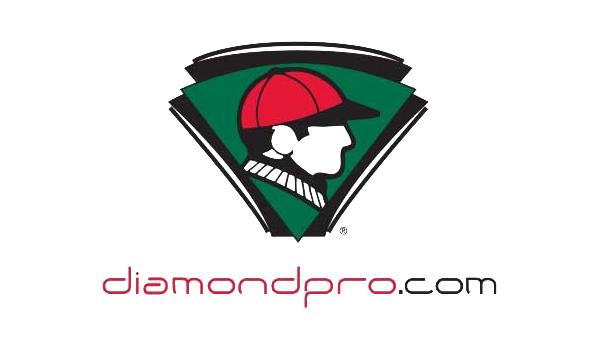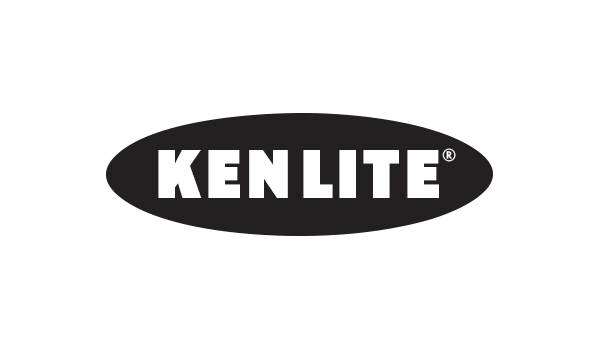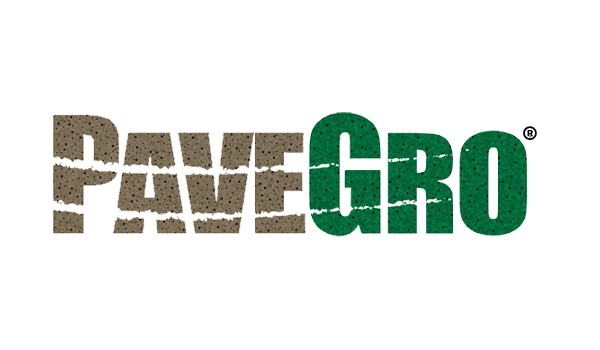Kansas Department of Transportation (KDOT) Bridge Deck Study: Advancing the Use of Internal Curing
Kansas Department of Transportation (KDOT) Bridge Deck Study: Advancing the Use of Internal Curing
Since 2016, the Kansas Department of Transportation (KDOT), along with the University of Kansas (KU) and the State of Minnesota, has been studying the use of internal curing to improve bridge deck service life. Traditional concrete bridge decks, with their high cementitious materials content and low water-to-cement ratio, are prone to early age cracking and self-desiccation.
Phase one of the study evaluated internal curing (IC) with 100% portland cement concrete mixtures. In this phase, IC was combined with supplementary cementitious materials (SCMs).
The bridge, located near Olathe, Kansas, uses a concrete mix that includes pre-wetted fine lightweight aggregate from Arcosa, along with slag and silica fume. The goal is to reduce early age cracking and improve resistance to chloride penetration, which leads to deterioration. Dan Wadley, Chief of the Bureau of Research for the Kansas Department of Transportation, is overseeing the study, along with Dr. David Darwin, chairman of KU’s Department of Civil, Environmental & Architectural Engineering.
Careful Monitoring
Six months after completion, Wadley spot-checked the decking of the 450-foot structure, looking for signs of premature cracking and gathering data using embedded sensors. These sensors, installed during the September 2021 placement of the internally cured concrete, transmit data on variables such as temperature, helping researchers track strength gain through a maturity curve.
“That way, they can continue to monitor that bridge.”
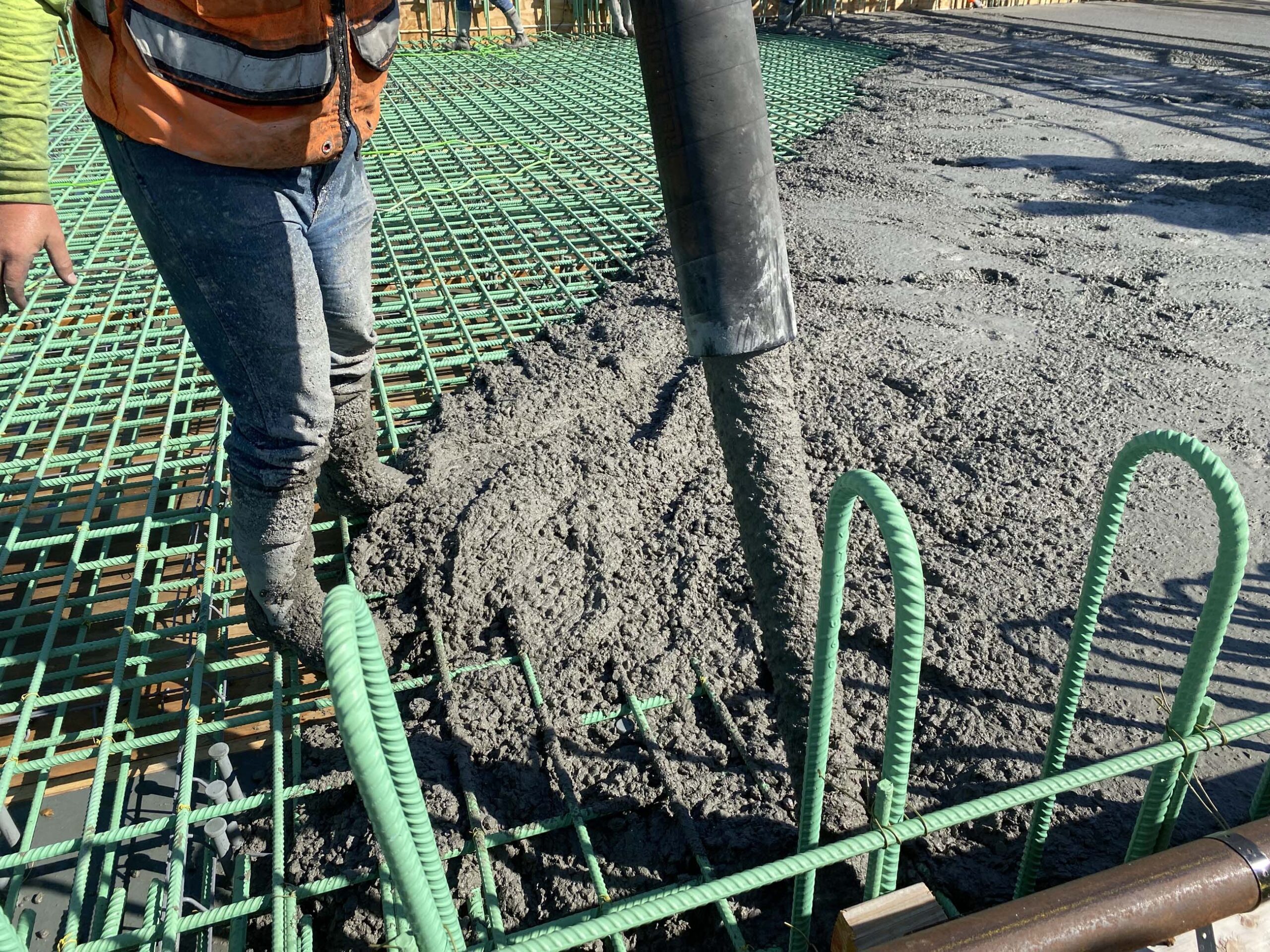
Pyramid Constructors placed approximately 800 cubic yards of concrete in one continuous pour that started at 3:30 AM and concluded 14 hours later at 5:15 PM. The concrete supplier, carefully controlled the concrete mix by adding ice to maintain the desired temperature range of the concrete, even as ambient temperatures fluctuated.
Wadley notes in this placement, crews were careful to ensure the fresh concrete was covered with burlap within 15 minutes of placement. He also noted that finishing aids, which are typically 90% water, were not used in the concrete.
“The sensors helped us monitor the temperature of the deck as it cured,” says Wadley. “The ready mix producer did a great job keeping the mix consistent and adding the right amount of ice to keep the concrete temperatures in the 80s like we wanted.”
The success of this project highlights the importance of best construction practices to prevent cracking in bridge decks, particularly in the areas of consolidation, finishing, and curing.
Next Steps
As the study progresses, additional maturity tests and crack surveys will be conducted. The data collected will help refine specifications for Internally-Cured Low-Cracking High-Performance Concrete (IC-LC-HPC), with the ultimate goal of using internal curing more widely in various infrastructure projects.
Widespread Benefits
According to Daron Brown, many Departments of Transportation have seen similar results, with internal curing reducing premature cracking and extending the service life of concrete structures.
“They like the benefits it provides as far as producing a better concrete mixture. With less cracking, they’re going to get a longer service life out of their pavements or their bridge decks, wherever they decide to use it,” says Brown.
Additional Case Studies
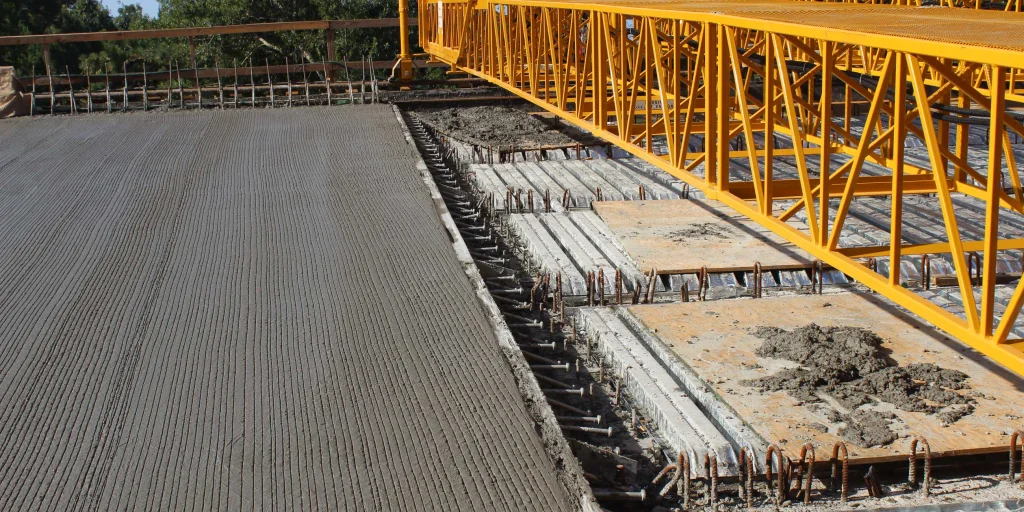
State DOTs See Benefits in Internally Cured Bridge Decks
Faced with the challenge of maintaining aging infrastructure while optimizing taxpayer dollars, state Departments of Transportation are turning to innovations like internally cured concrete to improve bridge deck durability. Worn surfaces not only i…
Read More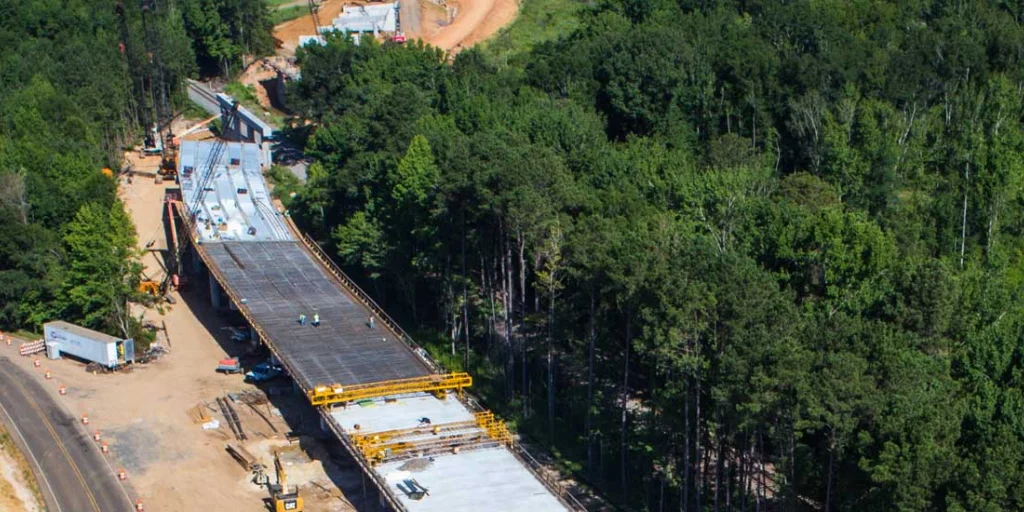
U.S. 80 Bridge: A Successful Early Test for ICC Bridge Decks
When the Louisiana Department of Transportation & Development (LADOTD) planned to build a bridge on U.S. 80 over the Kansas City Southern railroad, they chose to incorporate internally cured concrete (ICC) to improve durability and performance. As a…
Read More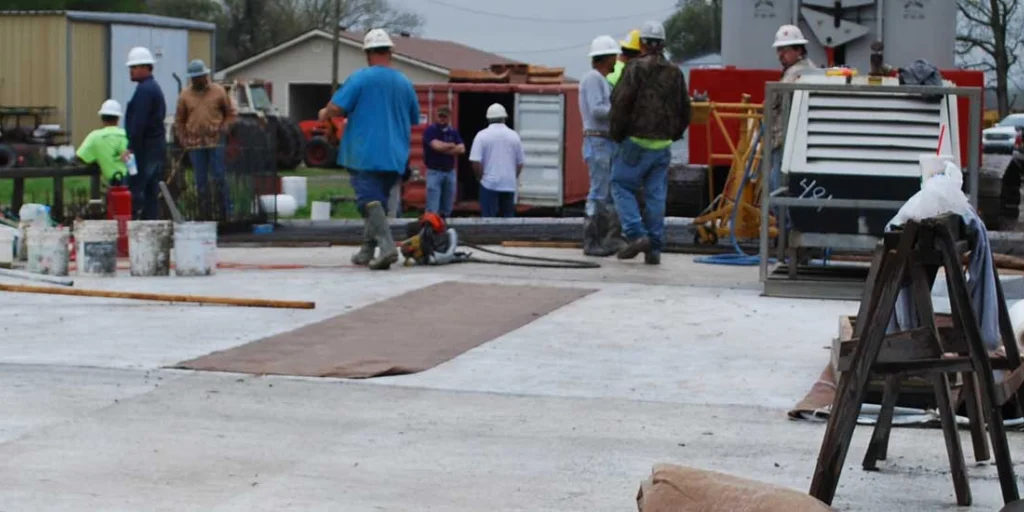
Internal Curing Concrete Proves Its Value in Reducing Cracking and Enhancing Durability for Louisiana Bridge Projects
From an engineering perspective, Mitch Wyble, P.E., City Engineer at Lafayette Consolidated Government, really likes what he sees when he discusses the value of internally cured concrete (ICC), a concrete mixture where a portion of the fine aggregat…
Read More






